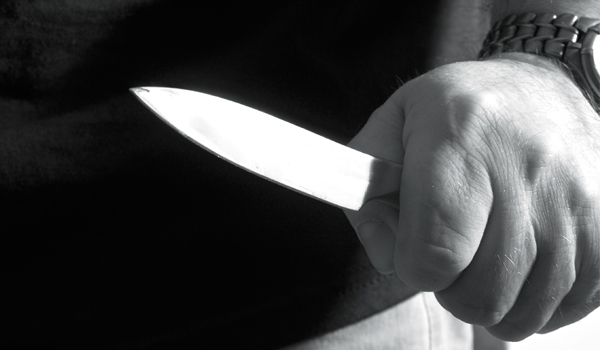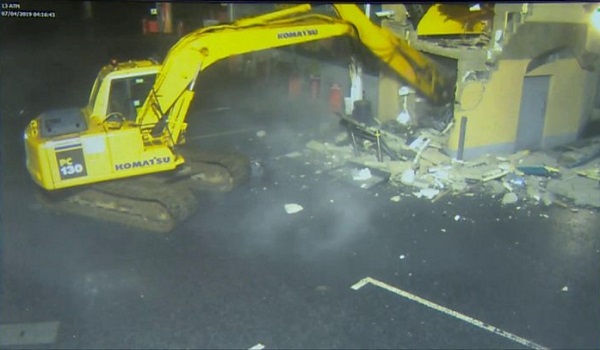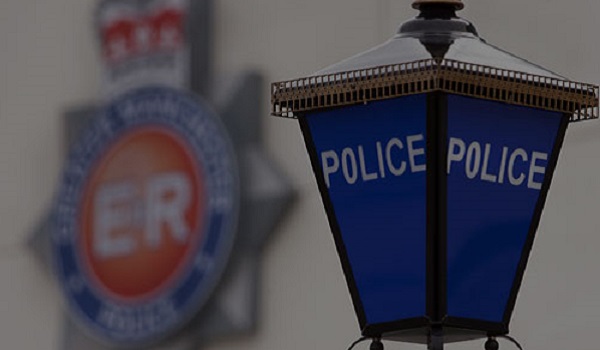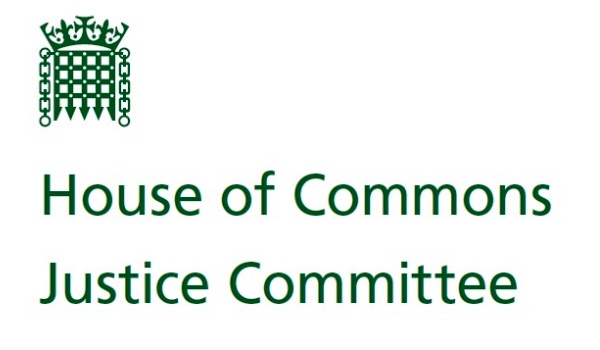Police tactics to tackle violence working despite increase in knife crime
Knife crime in England and Wales hit a record high in the year to September, increasing by seven per cent in the previous 12 months, according to the latest figures from the Crime Survey for England and Wales (CSEW).
Police-recorded offences involving a knife or sharp instrument rose to 44,771, up from 41,858 in the previous 12 months and 46 per cent more than when comparable records began in the year ending March 2011 (30,620).
The number of crimes of violence against a person rose by 12 per cent to just over 1.6 million. Vehicle offences rose by four per cent, continuing the rising trend seen over the last three years.
The ONS report, published today (January 23), said: “While recording improvements are likely to have contributed to the rise, some of the increase is likely to reflect a real change.”
The total number of homicides recorded by police during the period fell by six per cent from 654 to 617. There was also a 20 per cent drop in homicides where a knife or sharp instrument was used, to 221 offences, mainly driven by a decrease in London.
Incidents of criminal damage, arson and burglaries, fell. The number of gun crimes remained unchanged.
The figures do not include Greater Manchester Police, which records data differently.
Meanwhile, separate figures also released today show the proportion of crimes in England and Wales resulting in a charge or summons has halved in four years from 14 to 7.3 per cent, in a steady decline since records began in 2015.
This meant suspects were charged or ordered to be in court on 430,178 occasions during that time, slightly fewer but largely the same as in the previous period, according to the Home Office data.
In almost 45 per cent of cases, the investigation was completed but no suspect was identified. In nearly a quarter of cases the victim did not support further action.
Commenting on the figures, Helen Ross from the Office for National Statistics Centre for Crime and Justice said: “In the last year there has been no change in overall levels of crime, however, this hides variations in different types of crime. For example, there have been continued rises in fraud, vehicle offences and robbery, and decreases in burglary and homicide. Although the number of offences involving a knife has continued to increase, there is a mixed picture across police forces and overall levels of violence remain steady.”
The National Police Chiefs’ Council (NPCC) said the figures were proof that tactics to tackle violence are working.
NPCC lead for crime, Chief Constable Andy Cooke, said: “These statistics show the overall level of crime has remained stable and you are still very unlikely to be a victim of crime. Tackling violence is a police priority and our tactics are working. Intelligence-led stop and search, weapons sweeps and effective targeting of habitual knife carriers have led to 17 per cent increase in the number of people arrested for possession of a knife.
“The further fall in charging rates is concerning, but not surprising. In the past decade, we’ve dealt with more complex crimes and increasing demand while our resources fell. Changes to crime recording mean we now record more crimes that have no realistic prospect of conviction, which also effects the statistics.
“With 20,000 new police officers coming in the next three years we will be more proactive and target persistent criminals who inflict misery on our communities.”
John Apter, national chairman of the Police Federation of England and Wales, said police should not be “expected to fight this crime epidemic alone”, claiming recorded crime would rise until officers get the resources they need.
He reiterated calls for “long-term, sustainable funding”, adding that cash pledges made by the Government are “a move in the right direction” but they are not enough to undo the “damage” of previous cuts.







